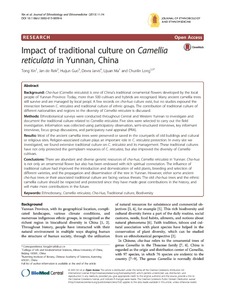Location
Australia's aid program
The Aust
The Government of the Commonwealth of Australia (also referred to as the Australian Government, the Commonwealth Government, or the Federal Government) is the government of the Commonwealth of Australia, a federal parliamentary constitutional monarchy.
The Commonwealth of Australia was formed in 1901 as a result of an agreement among six self-governing British colonies, which became the six states. The terms of this contract are embodied in the Australian Constitution, which was drawn up at a Constitutional Convention and ratified by the people of the colonies at referendums. The Australian head of state is the Queen of Australia who is represented by the Governor-General of Australia,[1][2][3][4][5] with executive powers delegated by constitutional convention to the Australian head of government, the Prime Minister of Australia.
The Government of the Commonwealth of Australia is divided into the executive branch, composed of the Federal Executive Council presided by the Governor-General, which delegates powers to the Cabinet of Australia led by the Prime Minister, the legislative branch composed of the Parliament of Australia's House of Representatives and Senate, and the judicial branch composed of the High Court of Australia and federal courts. Separation of powers is implied by the structure of the Constitution, the three branches of government being set out in separate chapters (chs I to III). The Australian system of government combines elements of the Westminster and Washington systems with unique Australian characteristics, and has been characterised as a "Washminster mutation"
Source: Wikipedia (d.d. August 2nd 2017).
Members:
Resources
Displaying 1 - 5 of 18Aboriginal Land Grant (Jervis Bay Territory) Regulation 2016.
Section 6 establishes Penalties for offences against the By-Laws as follows: For the purposes of subsection 52A(7) of the Act, the maximum penalty that may be imposed on a person for an offence against the provision of the By-Laws specified in an item in the attached table is the penalty specified in that item.The purpose of the Regulations is to prescribe penalties for a natural person and for a corporation for certain offences against the by-laws.
Impact of traditional culture on Camellia reticulata in Yunnan, China
Background: Cha-hua (Camellia reticulata) is one of China’s traditional ornamental flowers developed by the local people of Yunnan Province. Today, more than 500 cultivars and hybrids are recognized. Many ancient camellia trees still survive and are managed by local peopl. A few records on cha-hua culture exist, but no studies expound the interaction between C. reticulata and traditional culture of ethnic groups. The contribution of traditional culture of differ
Carbon Credits (Carbon Farming Initiative) Act 2011 (No. 101).
This Act aims to implement obligations that Australia has under the Climate Change Convention and the Kyoto Protocol, create incentives for people to carry on certain offsets projects and to increase carbon abatement in a manner that is consistent with the protection of Australia’s environment and that improves resilience to the effects of climate change.The Act sets up a scheme for the issue of Australian carbon credit units in relation to eligible offsets projects.
Constitution of Australia 1901 (rev. 1985)
The constitution was passed by the Imperial (British) Parliament and given royal assent by Queen Victoria.
Lands Acquisition (Northern Territory Pastoral Leases) Act 1981.
The object of this Act is to ensure, as soon as it is practicable to do so, that, notwithstanding the uncertainty that has arisen in relation to the effectiveness of the acquisition of the relevant land by the Commonwealth under the Lands Acquisition Act in 1978, that land is vested in the Commonwealth, and the Commonwealth has a right to immediate possession of that land, for the purpose of including that land in a park or parks established or to be established pursuant to the National Parks and Wildlife Conservation Act 1975 and of using or enabling the use of part of that land for the de





